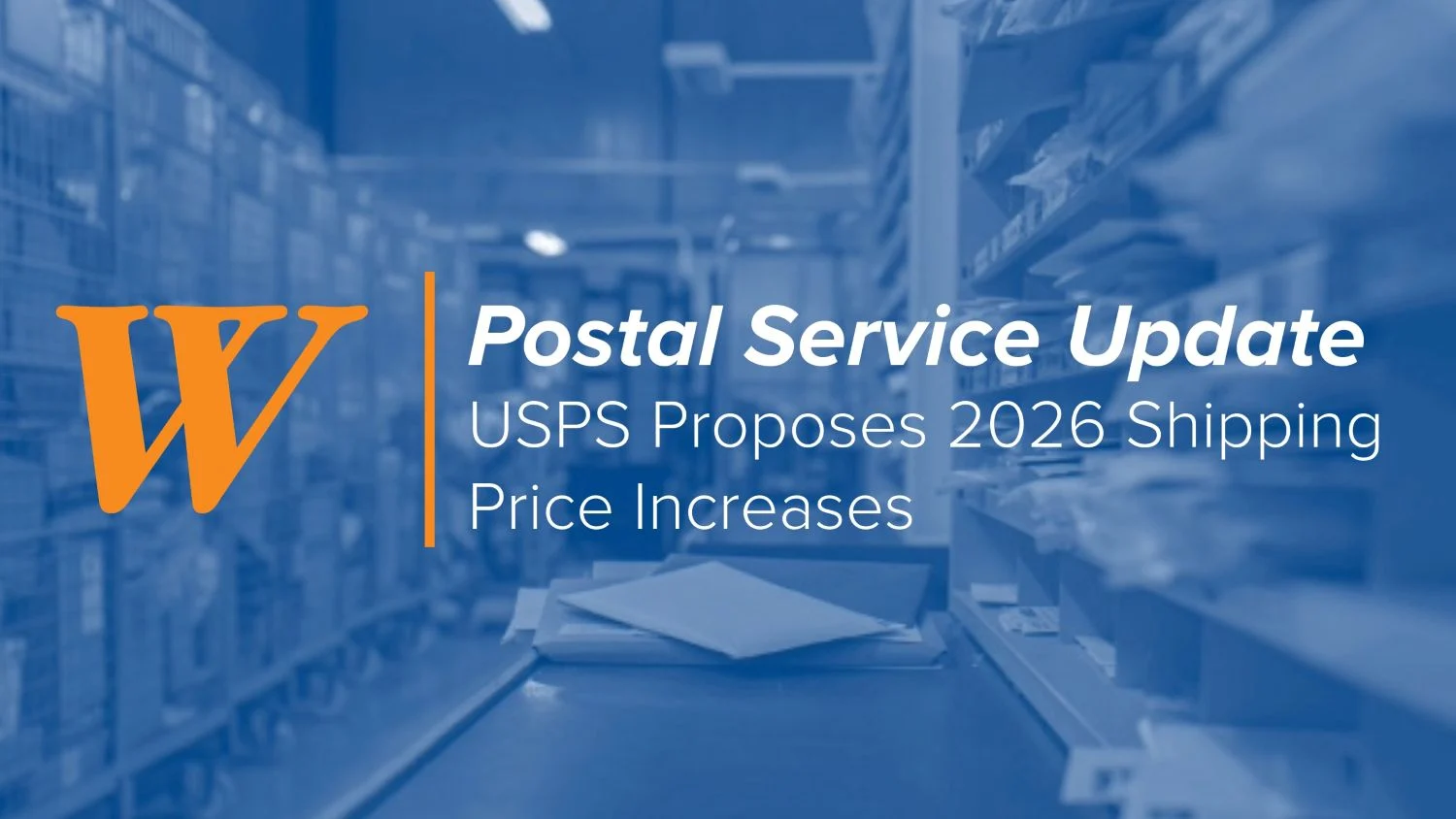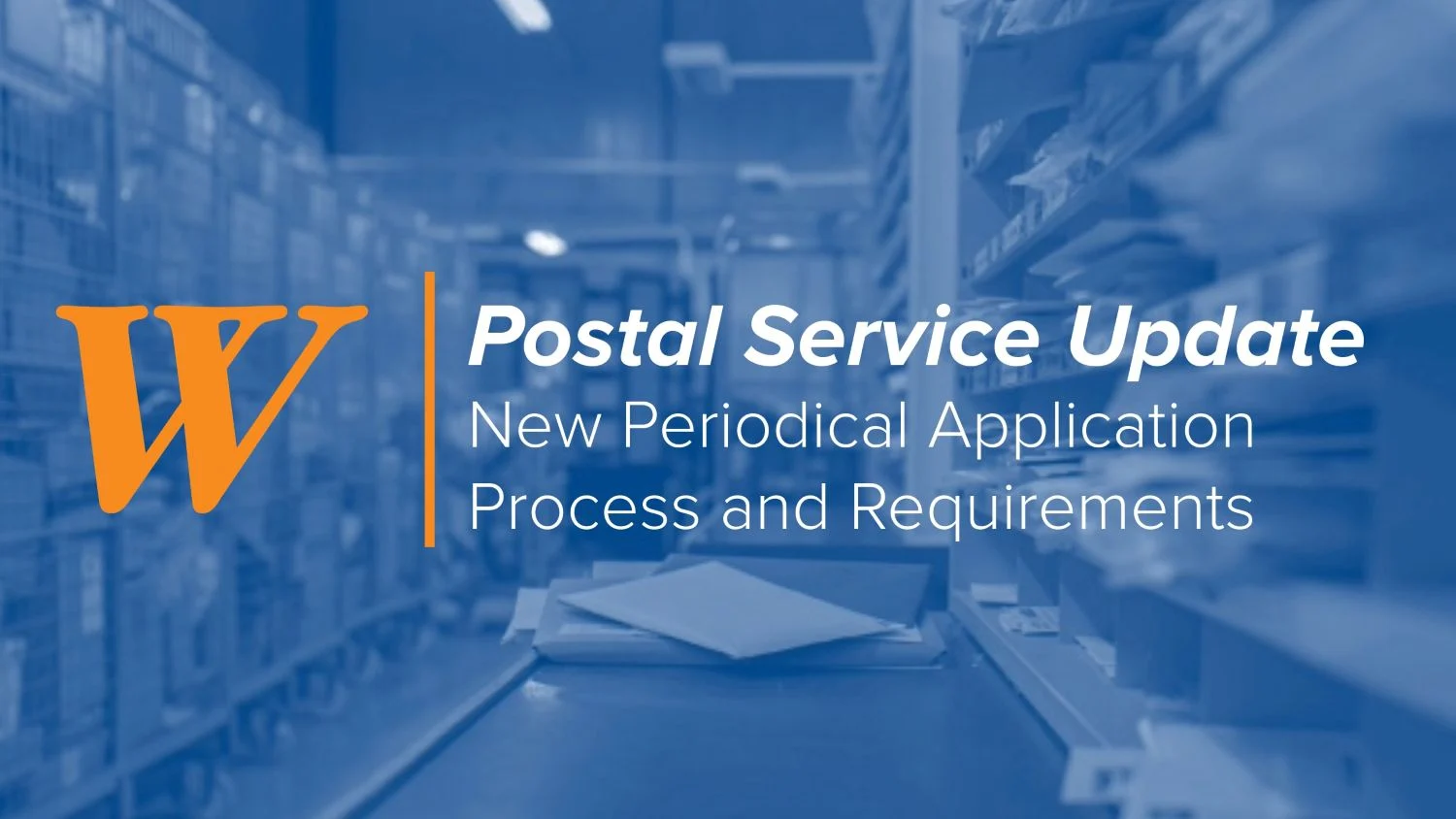Experiment.
That seems to be the core theme of four association professionals regarding how they’re using analytics to determine future content for their online, mobile and print channels.
Katie Domanowski, Director of Communications for The American Academy of Dermatology, summed it up well when she said, “Sometimes you just need to try things to see what works. That’s what is great about being in the digital era. You can see where to apply your resources to gain the results you desire.”
Associations rely on quality content to stay relevant to their members. Creating that content is time and resource intensive, things that are true challenges for associations with modest budgets and small staffs. Add to this the complexity of creating content for multiple audiences across multiple channels, and you have a potentially overwhelming task on your hands.
This is why many association publishers turn to analytics to identify the content areas and specific topics most likely to engage their members and provide valuable information to the general public.
But, since the analytics toolset currently available is still maturing, the promise of directive insights can seem elusive.
For instance, what if your audience is largely invisible from an analytic standpoint?
This is exactly the issue for American Health Information Management Association’s international audience.
Cheryl D. Cato, Senior Director of International Marketing for AHIMA World Congress, AHIMA’s international arm, describes that while their most popular website area has consistently been related to their certifications and credentialing, AWC struggles to get good data for all the countries they serve.
“We would like a tool that assimilates data from across a variety of channels so we can understand which content topics are resonating with our audience based on what area of world they are consuming it,” said Cato.
 Until that tool exists, AWC continues to get good insights from a variety of mechanisms. Like many organizations, they evaluate website, email and social media metrics, like visits, opens, clicks and shares. And they rely on participant feedback through surveys at their quarterly training events held in the countries where AWC currently has chapters.
Until that tool exists, AWC continues to get good insights from a variety of mechanisms. Like many organizations, they evaluate website, email and social media metrics, like visits, opens, clicks and shares. And they rely on participant feedback through surveys at their quarterly training events held in the countries where AWC currently has chapters.
In addition, AWC utilizes old-fashioned ear-to-the-ground information gathering by listening to feedback from their chapter steering team members, who are consistently monitoring key areas of interest and concern among the healthcare professionals in the various regions of the world they represent.
At the Society of Actuaries, Julia Anderson Bauer, Publications Manager, and Michael Nowak, Senior Content Specialist, face a triple challenge. The SOA serves three audiences with their content: more than 31,000 actuary professionals, 44,000 candidates preparing for actuarial exams, and the general public.
Bauer shared that SOA primarily relies on click and share data as their key analytic metrics. Since actuary topics can be highly technical, the SOA has been working to leverage these metrics to develop a more conversational interaction with the general public.
And, since the SOA’s recent experiment with a microsite for The Actuary magazine was so successful at growing readership, they’re now looking for ways to duplicate that success in other areas. For example, they’re currently experimenting with their @soactuaries Instagram channel to engage members in a more personal way, with the specific goal of creating a greater sense of belonging.
But, like AHIMA, the SOA has bumped into the shortcomings of available analytic toolsets. “We have visibility of initial clicks and shares, but lose visibility of what happens with the content after it’s shared,” said Nowak.
He went on to describe a highly manual research project the SOA undertook with the help of a public relations firm and determined that media coverage of their targeted content generated an astounding 1.4 billion media impressions in news articles during 2017. The SOA would like an analytics toolset that provides greater digital automation as well as more efficient tracking of media coverage, social media shares and related use of their content.
Back at American Academy of Dermatology, Domanowski admits AAD is still on a learning curve regarding how to use analytics to drive engagement effectively. They have used analytics to verify that buzzwords like “FDA approval” drive open rates and improve click-through potential. But, they are still developing their engagement measurements for video content by monitoring overall views, partial views and complete views.
For online content, AAD is relying on time-on-page and bounce rate metrics to measure topic engagement. This enabled them to identify seasonal patterns a topic’s popularity with their public audience. Not surprisingly, the topic of dry skin is very popular during winter, and the topics of poison ivy and sunburn are popular during summer. More critically though, these analytics enabled AAD to identify that articles focused on remedies and problem solving were far more popular than articles that simply provided general information.
Domanowski has two items on her analytics wish-list. Now that AAD is providing interactive tools online for dermatology professionals, they would like better visibility into what marketing promotions drive both visits and tool usage. Correlating the two is presently a challenge. They would also like better visibility into whether or not members are following the anticipated click paths AAD marketing staff has devised.
Domanowski and Bauer both shared surprises that analytics provided.
For AAD, a surprise came from an experiment offering more content in video format. After doing a series of short videos on a topic of known interest, and that featured other AAD members talking to their peers, they were surprised to find that members preferred to scan the narrative text on the page rather than watch the videos. Despite some disappointment at the low view rates, AAD was happy to learn more about their audience’s content consumption preferences.
For the SOA, the surprise came with a topic area brainstormed by their editorial board. When they met to create The Actuary magazine’s annual content calendar last year, the editorial board selected several industry-specific topics like they normally do. But they also selected a few “soft” topics such as communication, interview etiquette, and diversity and inclusion, which aren’t specific to actuarial professionals.
The surprise? The soft topics turned out to be quite popular with their professional audience.
“We believe this is due to the SOA being a trusted source of information, the day-to-day applicability of the topics, and the fact that these topics aren’t being covered elsewhere with actuarial professionals specifically in mind,” said Bauer.
Without an appetite for experiments or the analytics to assess them, these content professionals probably wouldn’t gain new insights to more effectively focus their content creation efforts.
This article also appeared in the October issue of Association Forum’s magazine.






